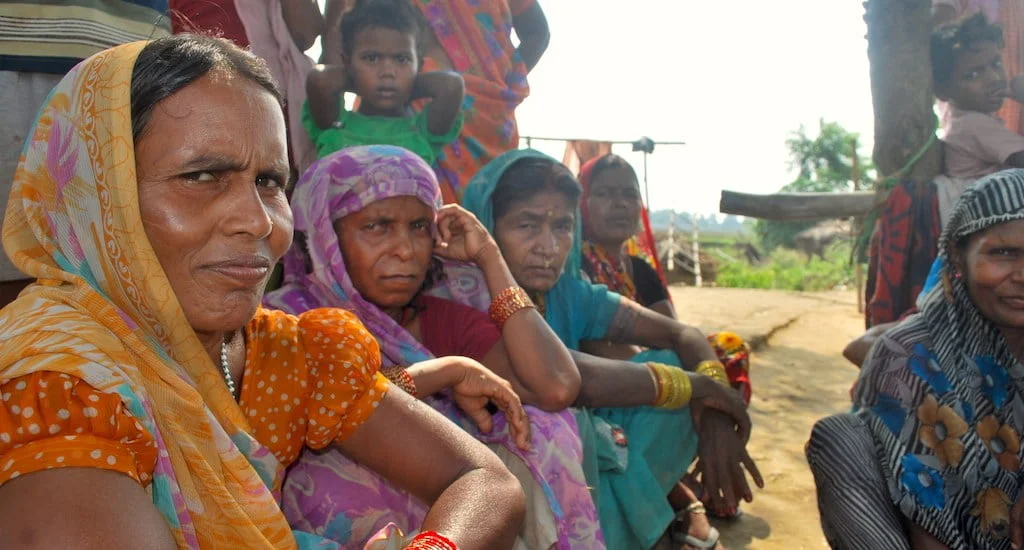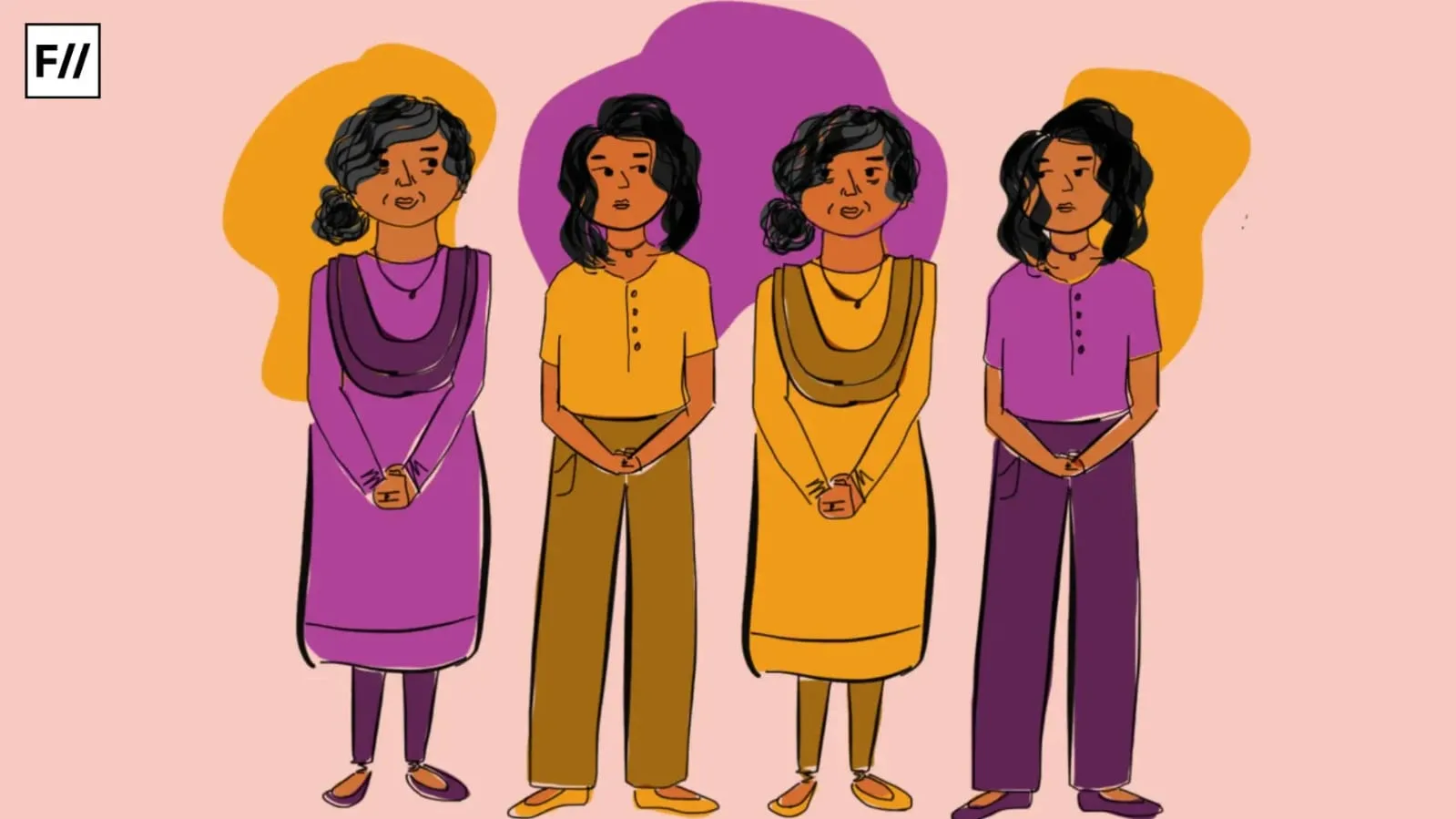“I just want to hear my mother’s voice once.” —Ashfaque*, Student
“You want to cry, shout, speak out all the frustration but you can’t.” —Zoya*, Student
“I ignore the happenings.” —Kabir*, Delhi
“No age group is immune from trauma.” —Amin, Syed and Khan, A.W, Mental health professionals, Kashmir.
These are the desperate pleas of help, as the valley once again plunges into uncertainty and paranoia. With the “historical move” of scrapping Article 370 on August 5th, much speculations on the economic and political conditions have begun, amidst all the ensuing chaos are the forgotten voices of Ashfaque, Zoya and many other Kashmiri residents.
As per the Kashmir Mental Health Survey(2015) by Médecins Sans Frontières(MSF)/Doctors Without Borders, 45% of the valley’s adult population was found to be showing signs of mental disorders. The manifestations of all three disorders were found to be higher in women than in men.
As per the Kashmir Mental Health Survey(2015) by Médecins Sans Frontières(MSF)/Doctors Without Borders, 45% of the valley’s adult population was found to be showing signs of mental disorders. Depression, anxiety, and Post Traumatic Stress Disorders (PTSD) leading the brigade, with more than 90% of the population having experienced or witnessed at least one traumatic event so far. The manifestations of all three disorders were found to be higher in women than in men.

With a lifetime prevalence rate of 55%, and a staggering 10% of the population experiencing clinical depression, 47% of the respondents were female, while 37% were male. The deadly trio of disorders has induced other severe mental health issues like drug abuse, suicide, and relationship discord among others. Another detailed and eye-opening report submitted by Syed and Khan from the Sher-e-Kashmir Institute of Medical Sciences, aligns with the findings of the MSA report with regards to the highest prevalence of depression, and females reporting higher levels of depression as compared to their male counterparts.
The report also sheds light on the fact that the highest prevalence of 66.67% was found in the age group of 15 to 25 years, followed by the age group of 26 to 35 years with a prevalence of 65.33%. Reports on substance abuse in the valley included children as young as 10 years abusing alcohol or nicotine. To worsen the state of affairs, as per the MSA’s 2015 report, most addiction in young adults seem to be concentrated on the use of benzodiazepines—a group of anti-anxiety drugs.
With the “historical move” of scrapping Article 370 on August 5th, much speculations on the economic and political conditions have since begun. Amidst all the ensuing chaos are the forgotten voices of Ashfaque, Zoya and many other Kashmiri residents.
With the current crisis in the valley, the emotional and mental health issues are expected to worsen. The imposed curfew, internet blackout and the lack of communication with the loved ones, have left the valley in a state of increased panic, mistrust, humiliation and constant fear. The anguish and the forced helplessness does not have a healthy channel. Young, malleable minds, exposed to trauma, the stigma, and uncertainty, are likely to find outlets like violence towards self and others, substance abuse or suicide. As much as the mental health concerns are on the rise, the residents are hardly likely to confide about their issues.
Also read: Kashmir, My Home: In Conversation With Ahmed Dar
Most men, possibly restrained by their traditional beliefs as well as their inability to identify the symptoms, are not open to communicate about their issues. They often seek solace in isolation, which does nothing to resolve the emotional turmoil within. Women who are likely to speak up, are unable to do so due to the looming threat of invoking social wrath. Accessibility and affordability of mental health facilities is a constant issue. Due to the stronghold of a biomedical model, that is, focusing only on the physical manifestation of the disorders, the valley trusts mostly medications to treat its concerns.

The cognitive and emotional concerns are often neglected. This creates an issue because chronic medication turns out to be costly for an average Kashmiri rural family. And, in a situation of such crisis, the access to the only form of treatment is often cut out, leaving the masses without any skills or additional resources to cope with their issues. Although a lot of young people, specifically women are seeking therapeutic help, there is a need to amplify this behavior.
How do we then tackle this issue?
- Frequent awareness drives about the efficacy of therapy.
- Peer support groups supervised by a trained mental health professional.
- Conducting more research on mental health concerns in conflict zones.
- Immediate department of mental health professionals in the valley with cultural sensitivity and crisis management training.
- A 24*7 helpline with local volunteers.
- Inclusion of mental health issues in the educational syllabus to help increase awareness and reduce stigma.
- Responsible and controlled distribution of medications.
Also read: In Conversation With Rola Yasmine: Women in Conflict Areas And Their Reproductive Rights
*Name changed to protect the identities
Tanvi is a psychologist who is hoping to make a difference.
Featured Image Source: Al Jazeera




